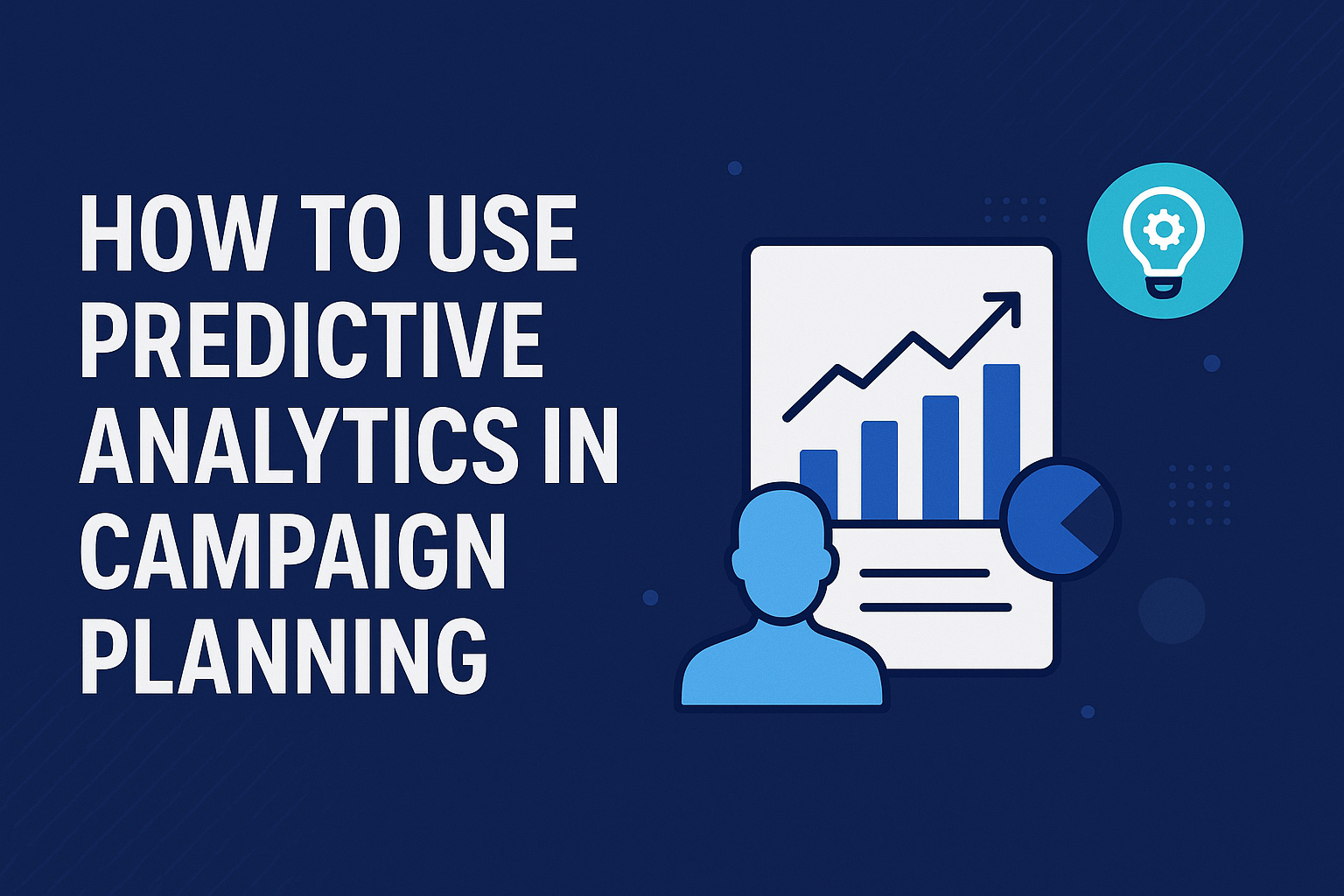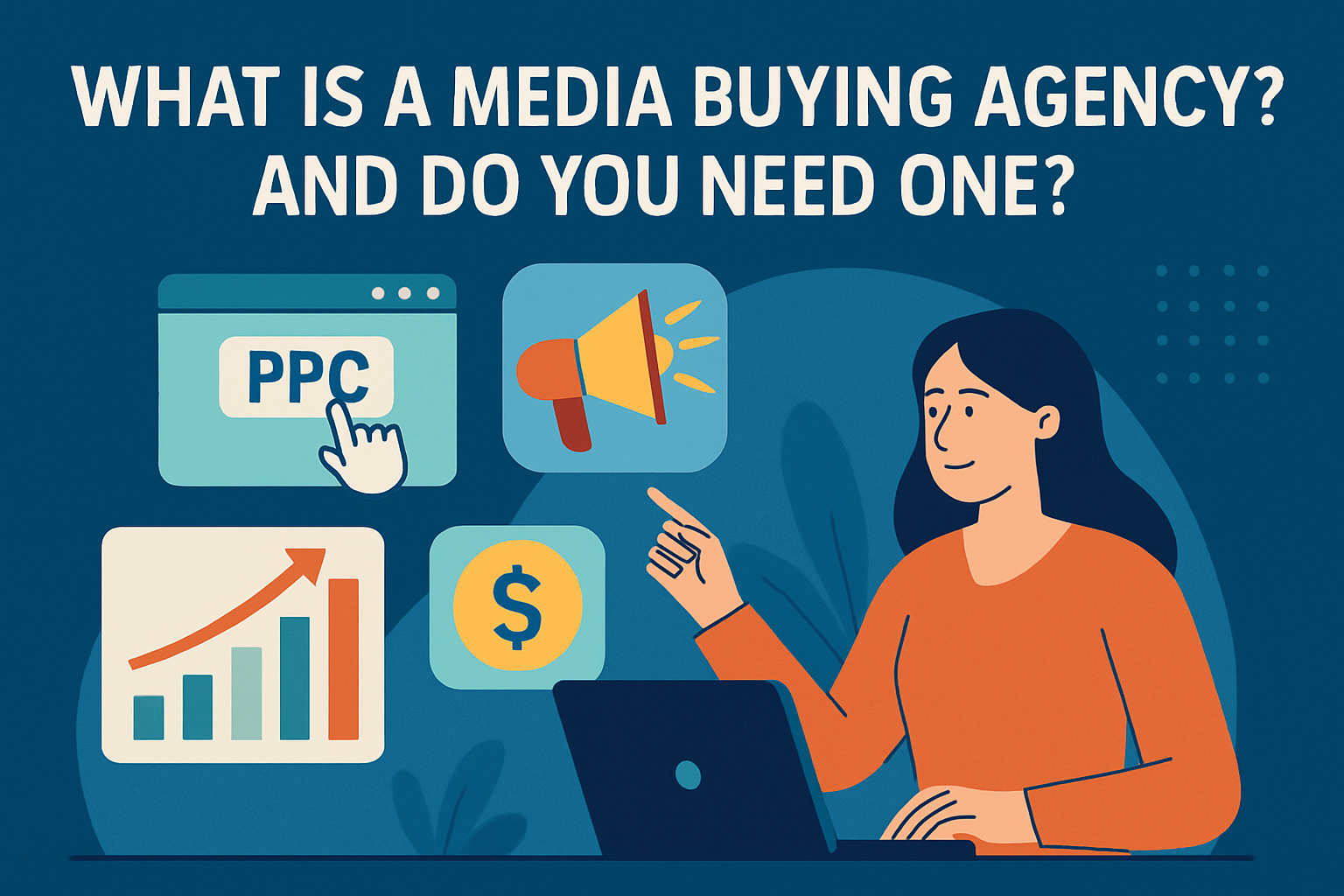
In an era where attention spans are shrinking and content consumption is at an all-time high, video has emerged as the dominant force on social media. From short-form TikToks to long-form YouTube storytelling and Instagram Reels, video content is revolutionizing how brands connect with audiences.
Whether you’re a startup or an established enterprise, incorporating video into your social media strategy is no longer optional—it’s essential. But why is video content so effective at engaging audiences, and how can your brand harness its full potential?
Why Video Content Wins on Social Media
- Increased Visibility:
Social media algorithms on platforms like Instagram, Facebook, and LinkedIn favor video content. Videos receive more impressions and often appear in users’ feeds longer, especially if they spark engagement early on. - Higher Engagement Rates:
Videos are more likely to be liked, shared, and commented on than text or image posts. According to a HubSpot study, video content is the most engaging type of content on Instagram. - Stronger Emotional Connection:
Videos allow brands to tell stories more dynamically. Music, visuals, facial expressions, and voice all work together to build a deeper emotional connection with viewers. - Better Message Retention:
Viewers retain 95% of a message when they watch it in a video, compared to just 10% when reading text. If your goal is to drive action or spread awareness, video is your best bet. - Supports Every Stage of the Funnel:
Whether you’re attracting, nurturing, or converting leads, video content can be tailored to each stage—from explainer videos and product demos to customer testimonials and behind-the-scenes looks.
Best Practices for Using Video on Social Media
- Start with a Hook:
Capture attention within the first 3–5 seconds. This could be a compelling question, bold text, or a surprising visual. - Keep it Short and Sweet:
While longer content has its place (like YouTube), most social platforms reward shorter videos (under 60 seconds). - Include Captions:
Many users watch videos on mute. Including captions ensures your message is still delivered. - Optimize for Mobile:
Vertical videos (9:16 aspect ratio) perform better on platforms like TikTok and Instagram Stories. - Include a Call to Action:
Whether it’s visiting your website, leaving a comment, or sharing the video—guide your viewer to the next step.
5 Common Video Types That Drive Engagement
- How-To and Tutorial Videos
- Behind-the-Scenes Content
- Customer Testimonials
- Product Demonstrations
- User-Generated Content and Reactions
FAQs About Video Content and Social Media Engagement
Q1. Why is video content more effective than images or text on social media?
Video content combines visuals, audio, and motion, making it more engaging and memorable. It also performs better with platform algorithms.
Q2. What type of video content performs best?
Short, entertaining, or informative videos with a clear hook and message generally perform best. The optimal type also depends on your audience and platform.
Q3. How often should I post video content?
Consistency matters more than frequency. Aim for at least 1–2 videos per week across platforms, adjusting based on performance and engagement data.
Q4. Do I need professional equipment to create effective video content?
Not necessarily. Smartphones today can shoot high-quality videos. Focus on good lighting, sound, and storytelling over expensive gear.
Q5. How do I measure the success of video content?
Key metrics include views, watch time, engagement rate (likes, shares, comments), click-through rate (CTR), and conversions.
Final Thoughts
Video content is more than a trend—it’s a fundamental pillar of effective social media strategy. With the right approach, it can increase your brand visibility, build stronger relationships with your audience, and convert followers into loyal customers.
Now is the time to hit record and let your brand story unfold.
Video content combines visuals, audio, and motion, making it more engaging and memorable. It also performs better with platform algorithms.
Short, entertaining, or informative videos with a clear hook and message generally perform best. The optimal type also depends on your audience and platform.
Consistency matters more than frequency. Aim for at least 1–2 videos per week across platforms, adjusting based on performance and engagement data.
Not necessarily. Smartphones today can shoot high-quality videos. Focus on good lighting, sound, and storytelling over expensive gear.
Key metrics include views, watch time, engagement rate (likes, shares, comments), click-through rate (CTR), and conversions.



